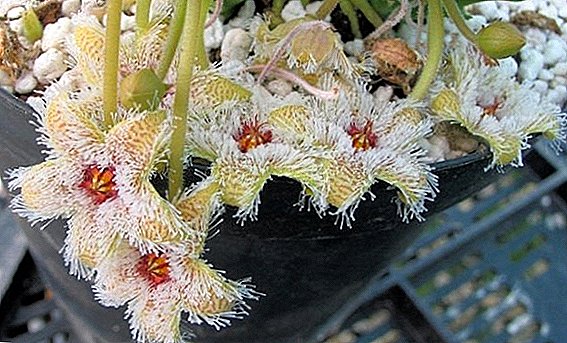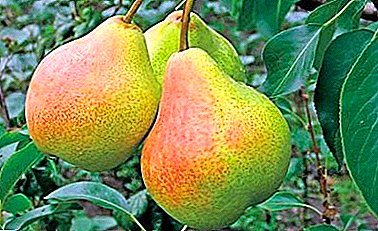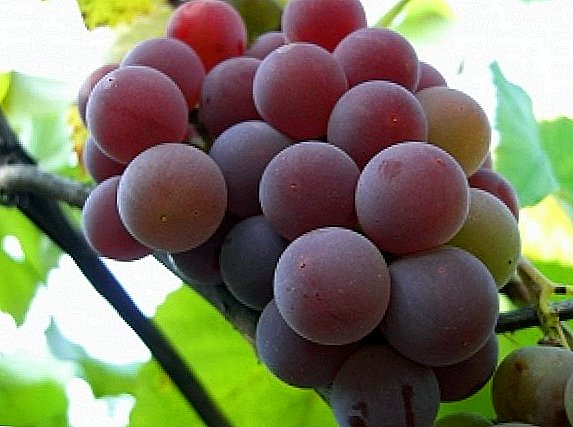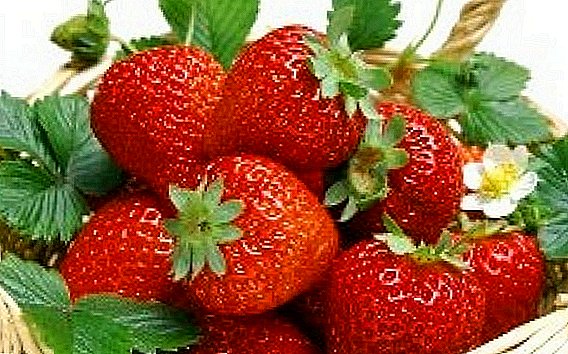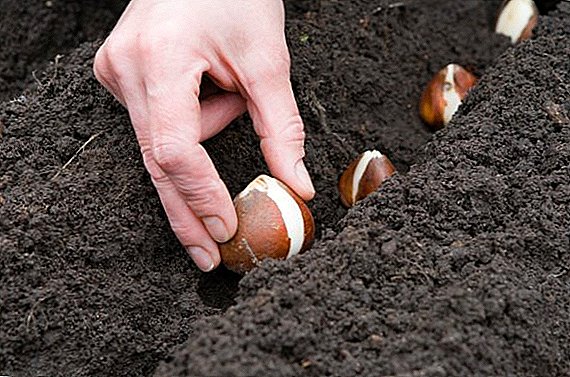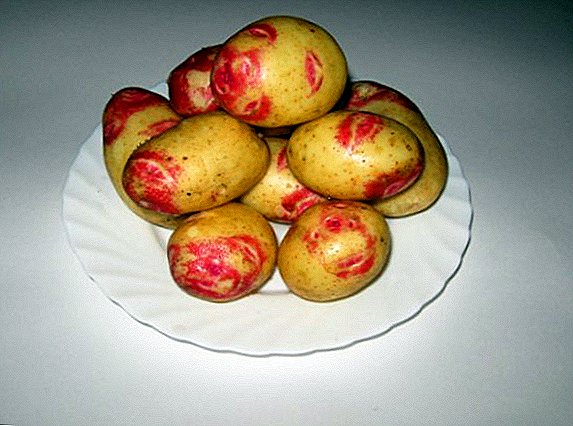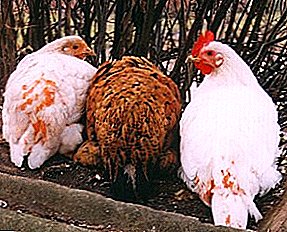 Red elderberry has long grown as an ornamental plant in European countries, it decorated parks, alleys, areas near houses. In addition to the decorative properties, in the Middle Ages they knew about its useful qualities. In this article we will discuss elderberry, what benefits and harm it can bring.
Red elderberry has long grown as an ornamental plant in European countries, it decorated parks, alleys, areas near houses. In addition to the decorative properties, in the Middle Ages they knew about its useful qualities. In this article we will discuss elderberry, what benefits and harm it can bring.
Botanical description
The distribution area of the plant is wide: North America, Europe, China, Japan, Russia, Korea.
Red elderberry is difficult to call a tree in the description, because the wood in the stems is a scanty amount. The core of the branches is a soft, spongy substance, so they break easily. 
Learn more about black elderberry.It is a deciduous tree shrub up to almost 4 m in height. The trunk of the plant is well branched, the bark is light gray, and in adulthood it is covered with grooves and kidney-like pimply outgrowths that serve as respiratory organs on coarse cords.
Leaves with short petioles, arranged one behind the other, bright green color. The leafy plate has finely toothed edges, an oval shape with a sharp tip and a more pale stripe in the center along the sheet. An excess of anthocyanin pigment in the leaves can stain them in red-violet tones.
In late May, the bush is covered with creamy yellow, loose buds. Flowers of red elderberry small, with a sharp unpleasant aroma.
Towards August ripen bright-scarlet fruit, gathered in lush clusters. The shape of the berries is somewhat similar to the fruits of mountain ash, only smaller in size. The berries also smell unpleasant, but the birds eat them, scattering small yellow seeds and helping the plant to grow.
Did you know? The name of the Elderberry is red in Latin - Sambúcus racemósa, translated from Greek means "red paint". In ancient times, berry juice was used as a dye for fabric.

The composition of red elderberry
There is no information about the exact composition of the plant, since it has not been studied thoroughly. It is known that glucose, fructose, rutin, essential oils and tannins are present in all aboveground parts. Fruits contain vitamins A and C, carotene, a certain amount of organic acids and flavonoids.
Prussic acid in the composition of the elderberry fruit, in case of doubt a poisonous plant or not, confirms information about the non-edibility of the berries.
Beneficial features
Official medicine does not recognize the plant medicinal and does not use it.  Folk healers use flowers and leaves, sometimes roots, claiming the following medicinal properties:
Folk healers use flowers and leaves, sometimes roots, claiming the following medicinal properties:
- diuretic and laxative,
- anti-inflammatory,
- sputum thinning and excretion
- antipyretic
- pain killer
- antiseptic and antimicrobial.
The diuretic effect also have celandine, lavender, cumin, cornflower, plectranthus, lythrum, safflower, iglitsa, asparagus, jujube, hops, black chokeberry.
Not only herbalists and healers are considered useful elderberries. The aroma of the plant, emanating even from the foliage, discourages small rodents. This property is used by beekeepers to scare away mice from winter houses of bees. Farmers lay out branches in the corners of barns and other premises with food products.
The abundance of acids with corrosive properties is used to clean copper utensils. Fruit juice eats away even the eaten resin of vegetable origin. After this information about elderberry, there is hardly any question whether it is edible or not.
Seeds serve as raw material for technical oil, leaves for paint, and fruit - raw material for alcohol. The spongy core of the plant is used in the manufacture of insulating parts for precision instruments.  In landscape design, bushes with red berries are planted as an ornamental plant, the root system of which holds the soil on the slopes.
In landscape design, bushes with red berries are planted as an ornamental plant, the root system of which holds the soil on the slopes.
Therapeutic use
Consider the elderberry from the point of view of homeopathy, what it is, with what health problems apply.
Did you know? A well-known German physician and botanist Tragus, better known as Jerome Bock, wrote about the medicinal properties of red elderberry. He described the plant in detail in his botanical work "Kreütter Buch" published in 1546.
Traditional healers use parts of the plant for the preparation of decoctions and tinctures in the treatment of the respiratory tract, pulmonary diseases, and sore throat. When angina decoction plants rinse your throat to kill the infection and relieve perspiration. Rinses are also used for dental problems.
Laxative and diuretic properties are used in the treatment of the digestive system, problems with the liver and kidneys.
As a rubbing, compresses, ointment, the plant helps with rheumatism, arthritis, pain in the spine and joints, radiculitis. Used as a lotion for dressings for psoriasis and eczema. 
Important! It is not recommended to prepare and use any drugs without consulting a doctor. Only a specialist can determine the dosage, method of preparation and administration.
To summarize: red elderberry is not used in the official pharmacopoeia, its composition has not been fully studied, but the toxic components are known. Despite the short list of contraindications, you should not risk your health, using questionable recipes.



